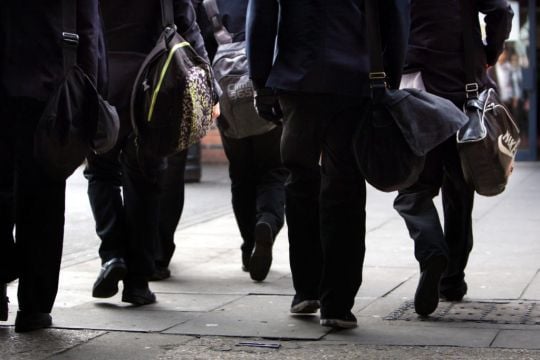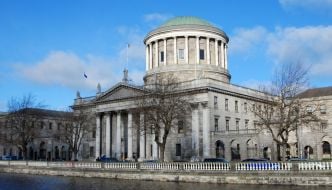The Head of Policy for the Ombudsman for Children's Office, Dr Karen McCauley, says we need to examine if there is more we can do as a State and Society to diversify the pathways for providing health services to children instead of relying exclusively on schools.
Nearly two years since schools across Ireland were closed as part of the first lockdown, the Ombudsman for Children’s Office (OCO) is publishing a Child Rights Impact Assessment detailing the impact that closures in 2020 and 2021 had on children’s rights.
Dr McCauley told Newstalk Breakfast that the closures had a predominantly negative effect on the access of children to routine medical checks.
She believes we may need to look at a model which gives multiple pathways for children to access health services such as hearing, vision and dental checks.
"This piece of work is a snapshot in time," Dr McCauley said.
"It shows that school closures impacted negatively on children. What it does amplify is the absolute central role that schools play in children's lives but also in supporting their enjoyment of their rights.
"Not just their right to education, but their right to protection from harm, their right to adequate nutrition, their right to development and so on.
"Looking forward is there more we can do as a State, as a society, to support schools in discharging their roles? Do we need to look at diversifying the pathways for providing services to children?
"So for example school closures led to the disruption in the provision of vital health services to children such as hearing, vision and dental checks.
"It is worth asking the question should we be looking at diversifying how we provide those vital services to children?"
Disproportionate
Dr McCauley admits that she wasn't shocked by the findings of the Child Rights Impact Assessment. Children with mental health difficulties, those experiencing homelessness, children in direct provision and Traveller and Roma children were those most impacted by school closures during the first lockdown.
She said that despite the mitigating measures that were put in place to support children the impact was predominantly negative on key groups.
"What we found was that there was a predominantly negative effect on children's right to education where that negative effect was disproportionate on children who are already experiencing educational disadvantage including on Traveller children, on children experiencing homelessness and in some cases on children living in direct provision.
"The challenges children faced for example was not always having access to adequate broadband to or devices.
"Children living in circumstances which weren't conducive to ongoing provision of education. Children in inadequate housing conditions and so on."







